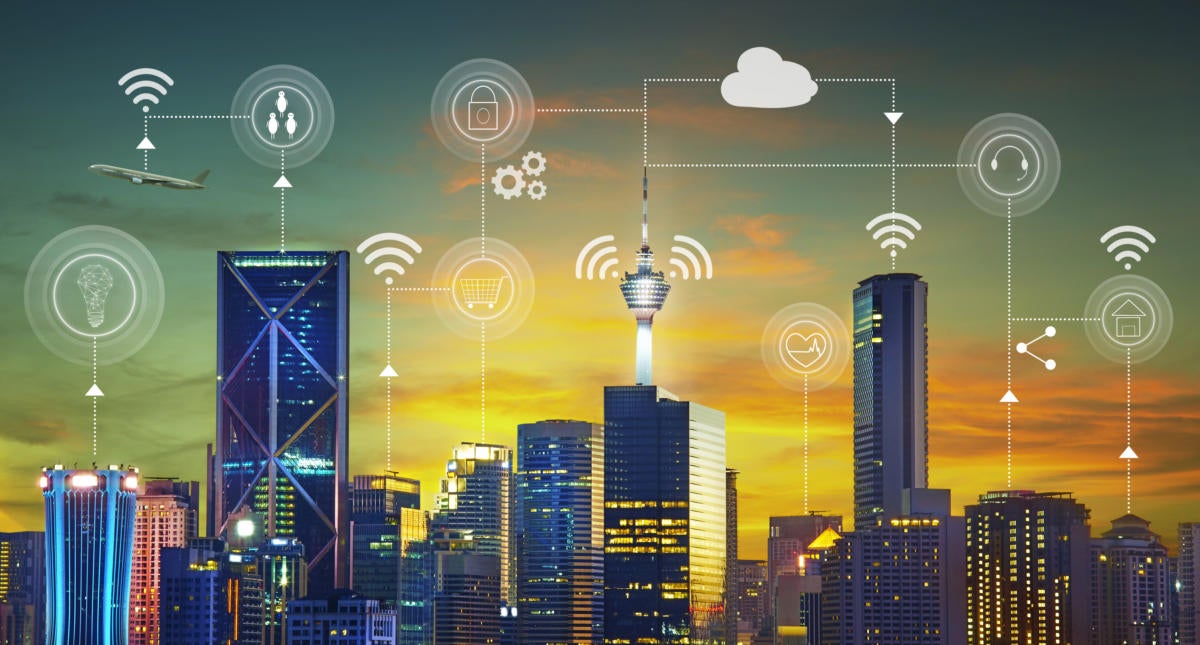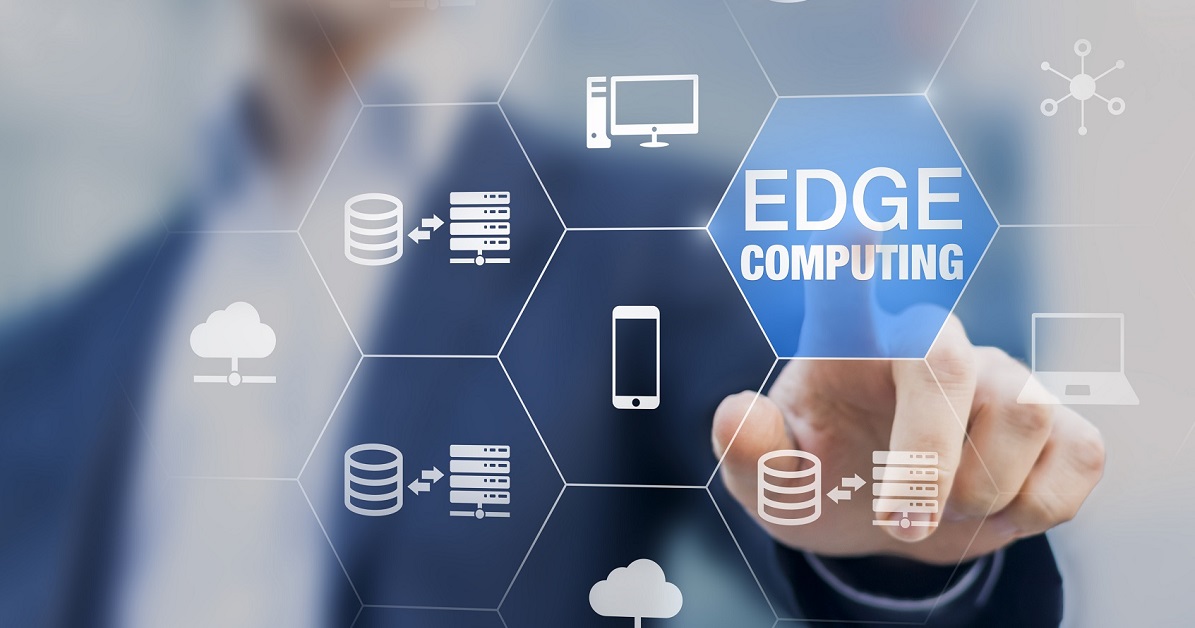How companies and government organisations handle their data processing requirements is being transformed by edge computing. Edge infrastructure offers a more effective means of managing real-time operations by moving computational tasks closer to the source of data generation.
This article delves into how edge networks are being used by local governments for things like smart city infrastructure, IoT device management, and deep learning applications. To further optimise service delivery and boost continuous improvement efforts, we will also go over best practises for creating an efficient edge platform within your organisation.
With the advancement of technology, edge computing has become a game-changing option for many companies and institutions. It has many uses that can assist local organisations improve their offerings to the public. In this article, we’ll investigate edge computing—what it is, why it’s important, and how local governments might use it to improve service delivery.
Edge Computing:
Instead of sending information to a remote server or using a cloud service, data is processed at the network’s edge. This strategy helps reduce latency issues, improve overall efficiency and security, and move computing and storage closer to where data is generated (i.e., at the network edge). Edge computing is becoming increasingly important as the number of connected devices grows through Internet of Things (IoT) applications such as smart cities, autonomous vehicles, and smart home and business gadgets.
The Challenges Faced by Local Agencies
Local government agencies are in need of assistance with enormous data sets that require rapid analysis in order to make informed decisions in light of the ongoing development of technologies like deep learning and Internet of Things (IoT) devices.
There is a lack of funding, and as a result, many municipal organisations cannot afford to upgrade their equipment or recruit the necessary IT experts to oversee their complicated networks.
The proliferation of Internet-connected devices raises serious questions about network security because it increases the number of potential entry points for malicious actors seeking to access sensitive data.
Edge computing solutions can help improve service delivery by allowing organisations to quickly adapt to new technologies and changing community needs.
Local Agencies and Edge Computing
Local governments can improve service delivery despite these obstacles by utilising the capabilities of edge infrastructure. In the following sections, we’ll examine why it’s beneficial for a government organisation to adopt an edge network, use edge devices, and set up edge servers. Increases in speed of decision-making, safety, efficiency, and scalability are just few of the potential outcomes of these steps.
In conclusion, Edge computing is an advanced technology that has the potential to improve corporate operations and cut expenses. The benefits of edge computing will be discussed in further depth in the following section.

Edge Computing Applications for Local Agencies
Edge computing is a tool that can help local government organisations improve their operations and the services they provide. The following are some important domains in which computing at the edge could have a substantial impact:
- Public Safety and Emergency Response
Local government agencies in smart cities have the ability to use edge devices to monitor traffic conditions or the movement of crowds during huge events, which enables them to respond more efficiently to any possible emergencies that may arise. In addition, disaster recovery operations can be expedited through the integration of IoT applications with edge infrastructure. This allows for the rapid collection and dissemination of crucial information, which is essential.
- Healthcare Services
In the field of medicine, edge computing has various opportunities for improvement, including remote patient monitoring through the use of smart devices and telemedicine consultations that need for connections with low latency.
Additionally, medical professionals are able to analyse vast datasets from electronic health records (EHRs) utilising deep learning algorithms at the network edge for the purpose of making treatment recommendations and diagnosis decisions more quickly.
- Traffic optimization
Edge servers are able to collect real-time data from Internet of Things devices like cameras and sensors that have been put throughout transportation networks. As a result, local agencies are able to optimise traffic flow based on the present conditions and reduce congestion.
- Maintenance efficiency
Smart grids powered by cloud services can be used alongside conventional power systems within urban infrastructure, allowing for more precise management of upkeep schedules and allocation of resources.
- Environmental Monitoring
Edge computing can help local governments collect and analyse environmental data, which will improve their awareness of and ability to handle environmental problems in their area. Edge nodes, for instance, can process real-time data on air quality or water contamination from Internet of Things devices, enabling prompt actions when necessary. Incorporating edge cloud technologies into smart city initiatives enables continuous improvement in urban planning through the collection and analysis of data on topics such as energy consumption patterns and waste management effectiveness.
In order to reap the benefits of Edge Computing applications for Local Agencies, such as increased productivity and reduced overhead, thorough preparation is essential. Keeping this in mind, let’s look into how local governments can make use of edge computing.

Advantages of Edge Computing
Edge computing offers various benefits that can assist businesses in improving their decision-making, efficiency, security, and scalability. These benefits are achieved by moving data processing and analytics closer to the source of the data.
Faster Decision-Making
With this capability, local agencies may act rapidly on reliable data. During an incident, first responders might use edge devices to monitor traffic and direct bystanders.
When it comes to responding to emergencies, edge computing may make a tremendous impact by providing essential data to responders almost instantly. When every second counts and a split-second choice can make all the difference, edge computing’s benefits are invaluable. Better decisions may be made by emergency responders using this technology, reducing risks and increasing safety. The ability to collect and analyse data in real time gives first responders a significant advantage in the fight to save lives and limit damage.
Improved Efficiency
When compared to conventional cloud services, edge computing’s decreased latency allows for more efficient resource allocation and improved decision-making. Because information no longer must be transferred between distant servers before being processed locally, operations can be streamlined. In addition, by enabling agencies to analyse real-time performance indicators from several sources, network edge solutions permit continual improvement in service delivery.
Enhanced Security and Privacy
Instead of transferring sensitive data across networks for storage or analysis at distant places, edge technology processes it close to its origin, reducing the risk of unauthorised access or breaches.
Edge computing’s distributed architecture lets local governments scale their infrastructure on the fly without incurring astronomical startup or ongoing expenditures. By strategically placing edge nodes around a neighbourhood, businesses may increase their coverage area while keeping latency to a minimum. When compared to conventionally located data centres, edge data centres use less energy and require less cooling, freeing up funds that can be put towards other equally important functions.
The advantages of edge computing include better performance, quicker response times, and more security. The outstanding potential uses of edge computing are amplified when these advantages are applied to local organisations.

Summary
Computing at the edge provides improved performance, quicker response times, and heightened levels of security. When these advantages are applied to the needs of local governments, the range of possibilities opened up by edge computing becomes even more amazing.

















Leave a Reply